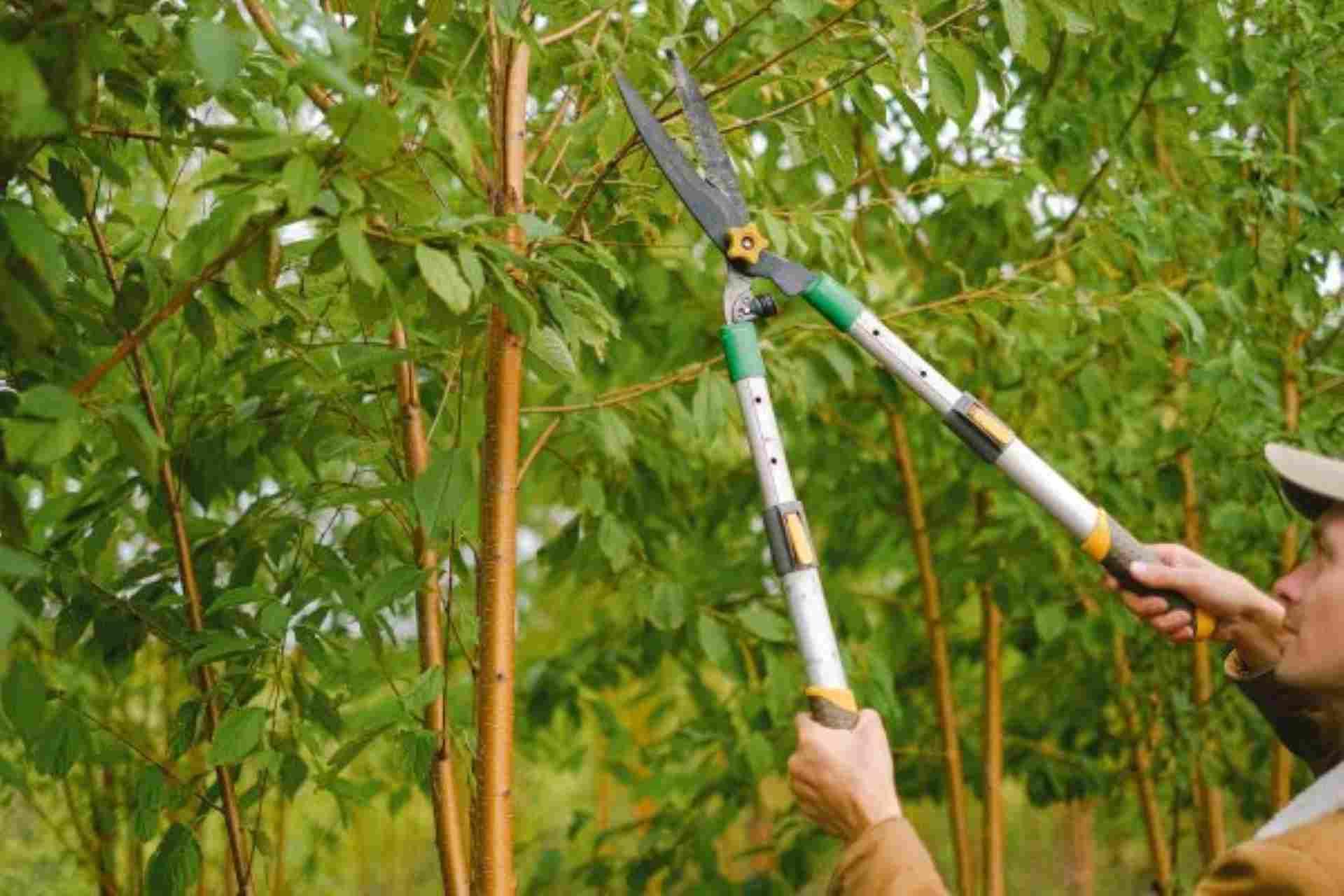Tree Pruning: The Complete Guide to Healthier, Stronger, and Safer Trees

Tree pruning is more than just cutting off a few branches—it’s a strategic, science-backed approach to maintaining the health, safety, and beauty of your trees. Think of it like giving your trees a haircut. Done right, it encourages growth, prevents disease, and keeps your yard looking amazing.
Why Tree Pruning Matters
Neglect a tree long enough, and it’ll start growing wildly—think twisted branches, dead limbs, and potential hazards. Pruning keeps everything in check. It’s essential for safety (no one wants a branch crashing down) and for the tree’s long-term health.
How Pruning Affects Tree Health
By cutting away dead or diseased limbs, you allow the tree to redirect energy to healthy growth. Pruning also improves air circulation and sunlight penetration, which are both crucial for photosynthesis and reducing fungal problems.
Tree Growth Patterns Explained
Trees naturally grow toward the sun. Without control, they can get top-heavy or lopsided. Pruning helps balance growth and shape, making trees stronger and less likely to break during storms.
Different Types of Tree Pruning
Crown Thinning
Selective removal of branches to increase light and airflow without altering the tree’s shape.
Crown Raising
Removing lower branches to clear space underneath—great for sidewalks and driveways.
Crown Reduction
Reducing the height or spread of a tree while maintaining its natural shape.
Deadwooding
Removing dead, dying, or diseased branches to prevent decay and hazards.
Structural Pruning
Used especially on young trees to guide strong, healthy structure early on.
Benefits of Tree Pruning
-
Health: Removes diseased limbs and prevents decay.
-
Safety: Reduces the risk of falling branches.
-
Beauty: Shapes trees to complement your landscape.
-
Light: Allows more sunlight to reach grass and gardens below.
-
Fruit Production: For fruit trees, pruning = more and better fruit.
Best Time to Prune Trees
Timing matters more than you think.
-
Winter: Best for most trees—promotes robust spring growth.
-
Spring: Good for minor touch-ups.
-
Summer: Used to slow growth or correct shape.
-
Fall: Usually not ideal due to higher disease risk.
Pro Tip: Always check the specific needs of the tree species in your yard.
Essential Pruning Tools
-
Hand Pruners: For small branches.
-
Loppers: For medium branches (up to 2 inches thick).
-
Pruning Saws: For larger limbs.
-
Pole Pruners: For high branches.
-
Chainsaw: For major cutting (only if you're trained).
Safety Equipment
-
Gloves
-
Safety glasses
-
Hard hat
-
Long sleeves
-
Non-slip shoes
-
Ladder (with a spotter!)
Step-by-Step: How to Prune a Tree Properly
-
Inspect the Tree: Look for dead, damaged, or crossing limbs.
-
Plan Your Cuts: Don’t just start hacking.
-
Cut at the Branch Collar: This is where the branch meets the trunk.
-
Use the 3-Cut Method (for larger branches):
-
Undercut the branch a foot out
-
Make a top cut a little farther out to remove the limb
-
Cut off the stub near the trunk
-
Common Mistakes to Avoid
-
Overpruning: Never remove more than 25% of the canopy.
-
Topping: Cutting off the top ruins the tree’s structure and health.
-
Improper Cuts: Avoid flush cuts or tearing bark.
-
Skipping Cleaning: Dirty tools spread disease.
DIY Pruning vs. Hiring a Pro
DIY Works If:
-
Branches are small
-
You’re comfortable using tools
-
It’s a one-story job
Call a Pro If:
-
Branches are near power lines
-
The tree is huge or sick
-
You’re unsure what to cut
Costs range from $100–$600+ depending on size, height, and location.
How a Well-Pruned Tree Boosts Property Value
Clean, well-shaped trees can increase curb appeal significantly. Real estate agents often say that mature, well-maintained trees can add up to 20% to your property’s value.
Tree Species That Require Frequent Pruning
-
Fruit Trees: Annual pruning improves yield.
-
Willows & Poplars: Grow fast, need frequent shaping.
-
Maples & Oaks: Benefit from periodic thinning.
Pruning for Pest and Disease Control
Spotting early signs of trouble? Prune affected branches immediately. It’s like amputating to save the rest. Healthy pruning can prevent:
-
Powdery mildew
-
Cankers
-
Borer infestations
-
Aphids and mites
Legal and Environmental Considerations
Some trees are protected, especially older or native species. Check with your city or HOA before cutting anything major. In some areas, unauthorized pruning can result in heavy fines.
Aftercare and Maintenance
-
To Seal or Not to Seal? Experts now say don’t seal—it traps moisture and bacteria.
-
Watering: Help your tree recover with regular watering post-pruning.
-
Fertilize: Wait a few weeks, then apply a slow-release fertilizer.
Eco-Friendly Tree Pruning Tips
-
Compost your trimmings instead of tossing them.
-
Skip chemical-based wound sealers.
-
Use hand tools over gas-powered ones when possible.
Conclusion
Tree pruning isn’t just about looks—it’s about safety, health, and sustainability. Whether you take the DIY route or hire a professional, knowing the right techniques makes all the difference. Your trees will thank you with healthy growth, stronger branches, and better shade. So grab your loppers and give those trees the love they deserve!
FAQs
1. How often should trees be pruned?
Most trees benefit from pruning every 2–5 years, depending on the species and growth rate.
2. Can pruning damage a tree?
Yes—if done incorrectly. Overpruning or cutting in the wrong spot can stress or kill the tree.
3. Is it OK to prune trees in summer?
Yes, but lightly. Summer pruning is great for slowing down growth or shaping.
4. How do I know which branches to cut?
Focus on dead, damaged, diseased, or crossing limbs. If it grows inward or down, it’s usually a candidate.
5. What’s the difference between pruning and trimming?
Pruning is more about tree health and structure. Trimming usually refers to shaping shrubs or hedges.







